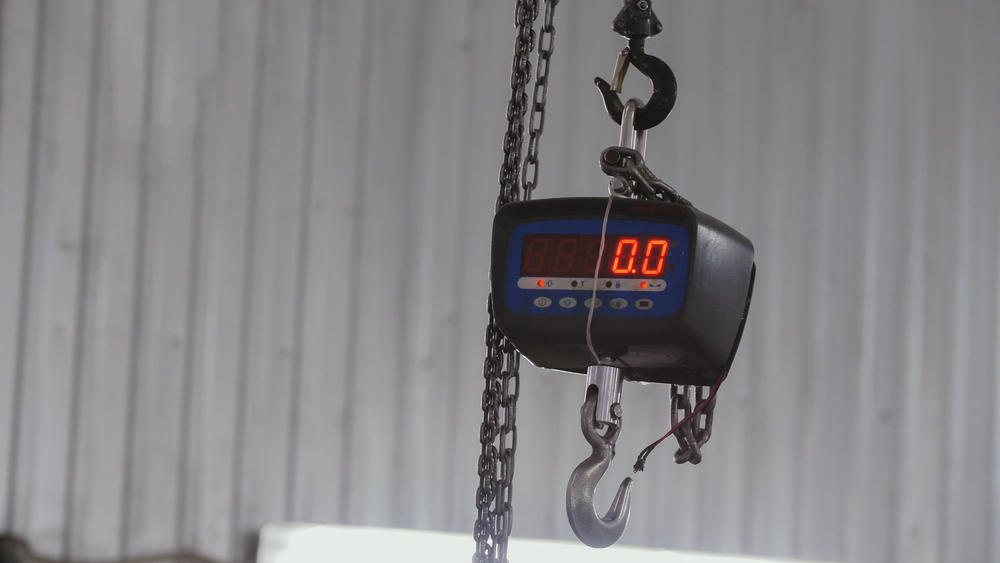How scales work: the science of scales
There are many types of scales including floor scales, truck scales, lab scales, cattle scales and more. While each has unique features and is used for specific applications, they’re all digital weighing devices that work in fundamentally the same way.
How does a digital scale work?
Digital scales rely on metallic devices called load cells, which are contained in the scale’s housing directly beneath the weighing platform. Load cells convert force (i.e. pressure or compression) into an electric signal that can be measured and converted into a weight reading.
This is possible because the metallic body of a load cell is slightly elastic and bends, under the pressure of the weighed item. When this bending occurs, the electric resistance in the device changes. This alteration in electric resistance is used to determine the weight of the item on the scale.
Because digital scales determine an item’s weight based on the deformation in the load cell, accidental deformation caused by environmental factors such as shocks or temperature changes can result in false readings. For this reason, it’s important to be diligent in maintaining one’s scales and get them calibrated regularly.
How do mechanical scales work?
Though not as popular as digital scales, mechanical scales such as spring scales and balances are used for a variety of applications. They have the advantage of being able to function without battery power or electricity.
The most common type of mechanical scale is a spring scale. This weighing device has a spring fixed at one end and a hook at the other. When an item is suspended on the hook, the weight of the item stretches the spring and subsequently moves the pointer of the dial face.
Balances are also still commonly used. In their traditional form (these weighing devices date back to at least 2000 BC) a mechanical balance consists of a pair of weighing pans suspended on either arm of a horizontal lever, which is attached to a central pole. Standard masses, whose weight is known, are added to the one weighing pan to offset the unknown mass in the opposite weighing pan and level the balance. When the balance is level, the weight of the unknown mass can be calculated with the sum of the standard masses.
Commercial and industrial scales in Alberta
Turn to Accurate/Western Scale Co. Ltd. for state-of-the-art scales in Calgary, Red Deer, Edmonton and Swift Currant. Contact us to learn more about our products or our scale inspection and calibration services.





